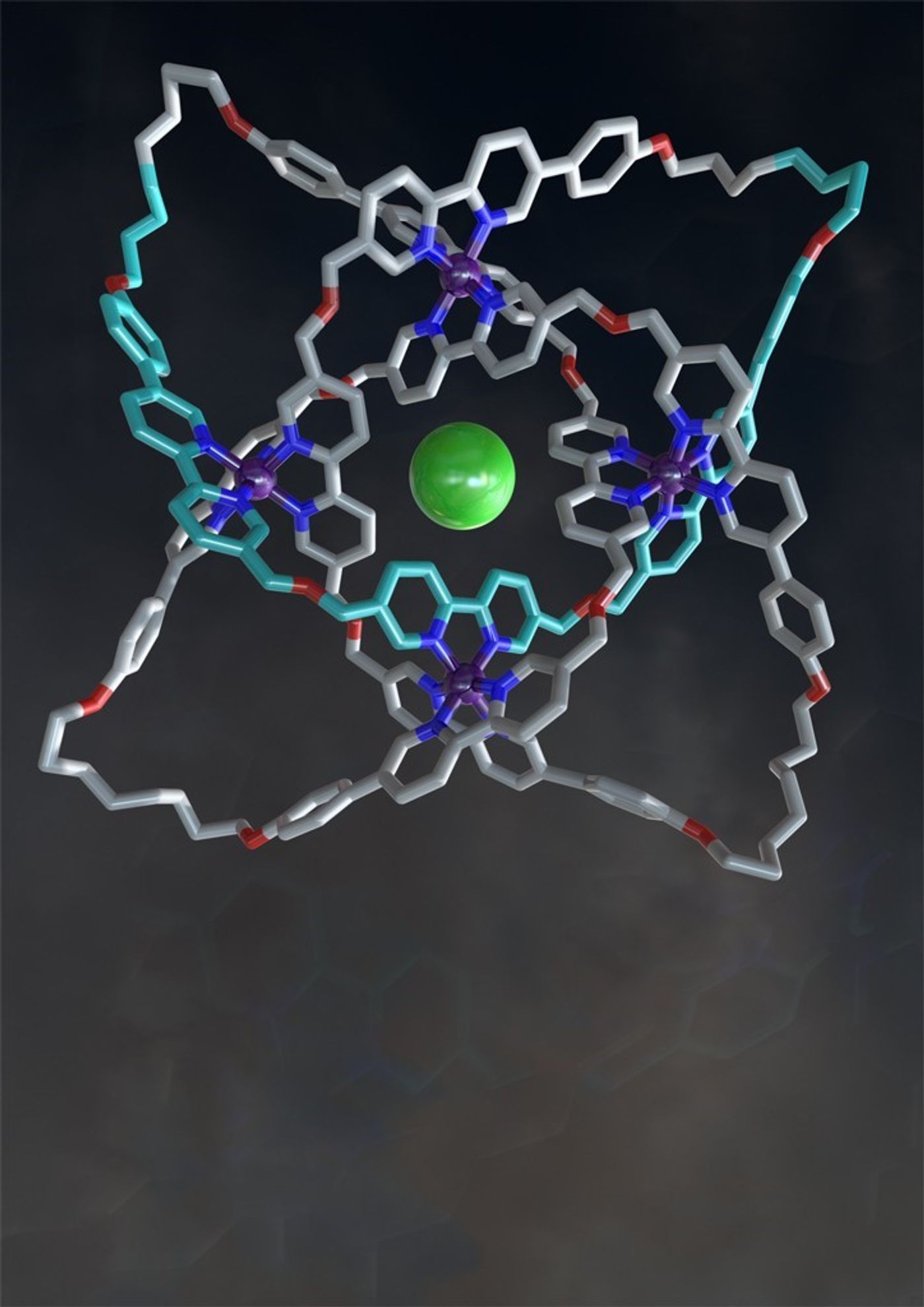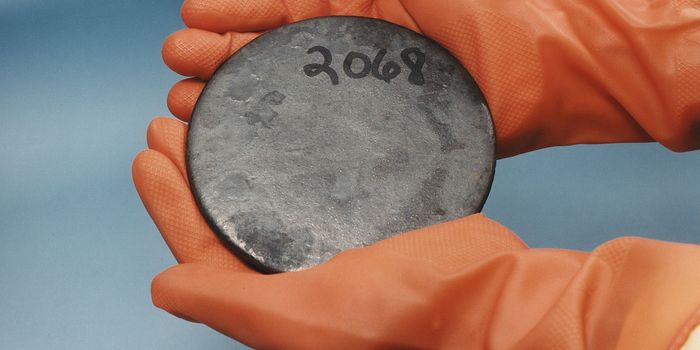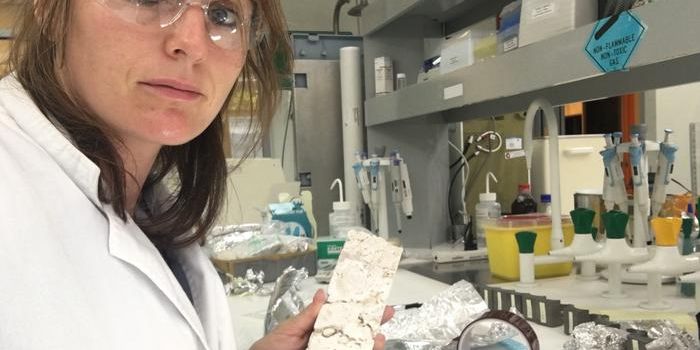Creating the Tightest Knot Ever
Tying knots is part of most people’s everyday lives. Tying shoelaces, braiding hair, knitting, or docking a ship all involve a combination of a series of small knots to create a larger structure. The same act can be done at the molecular level as well. Though instead of creating clothes or a way to hold something together, molecular knots have different applications in building nanostructures and molecular netting.
The original knot created at the molecular level was accomplished by Jean-Pierre Sauvage, one of the three chemists who won the Nobel Prize in Chemistry last year for work on creating parts for molecular nanomachines. Since then, only a handful of other knots have been successfully created. This doesn’t make sense to mathematicians, who have come up with billions of possible permutations for chemists to build upon.
A group of chemists from the University of Manchester led by Professor David Leigh have now taken molecular knots to the next level, creating the tightest knot ever. Sauvage’s original knot was a three-fold knot, the simplest one possible, looking like a three-leaf clover. The team’s new creation appears to have four loops and has eight crossings.
Using iron ions to coordinate the folding and crossing of molecular strands and structural constraints on ligands to determine the braiding connections, the knot can tie itself in a test tube. Dubbed ‘molecular weaving’, the process could create nanostructures with new properties.
The tightness of a knot is determined by two main characteristics: the length of the rope and how many crossings it has. A shorter rope with a greater number of crossings leads to a more complex knot. In this case, the team was able to use a very short “rope” that was only 192 atoms long, which is 500 times smaller than the size of a red blood cell. And they were able to create a two-step assembly of eight nonalternating crossings in a closed loop. Published in Science, this is now the tightest knot ever.
So what can we do with these tiny knots? It turns out the possibilities are wide reaching. Nanostructures and nanomachines are already in the works using simpler knots. Molecular weaving of nanomaterials would also benefit from these tighter structures to build various characteristics into the materials such as strength and elasticity.
“Tying knots is a similar process to weaving so the techniques being developed to tie knots in molecules should also be applicable to the weaving of molecular strands. For example, bullet-proof vests and body armour are made of kevlar, a plastic that consists of rigid molecular rods aligned in a parallel structure - however, interweaving polymer strands have the potential to create much tougher, lighter and more flexible materials in the same way that weaving threads does in our everyday world,” explains Professor Leigh. “Some polymers, such as spider silk, can be twice as strong as steel so braiding polymer strands may lead to new generations of light, super-strong and flexible materials for fabrication and construction.”
Sources: NPR, University of Manchester, Science









